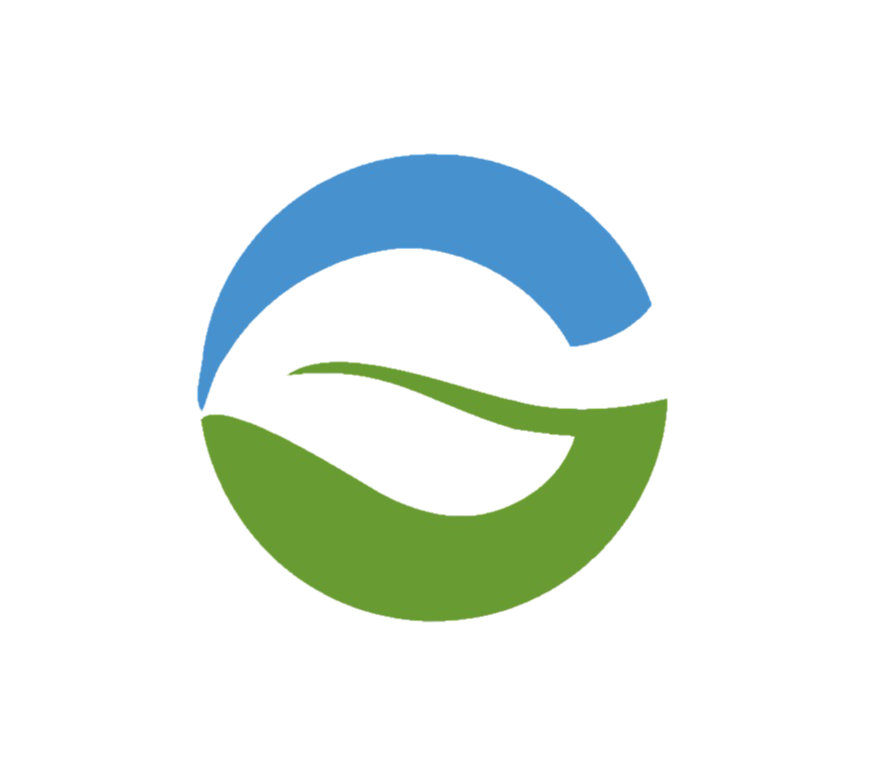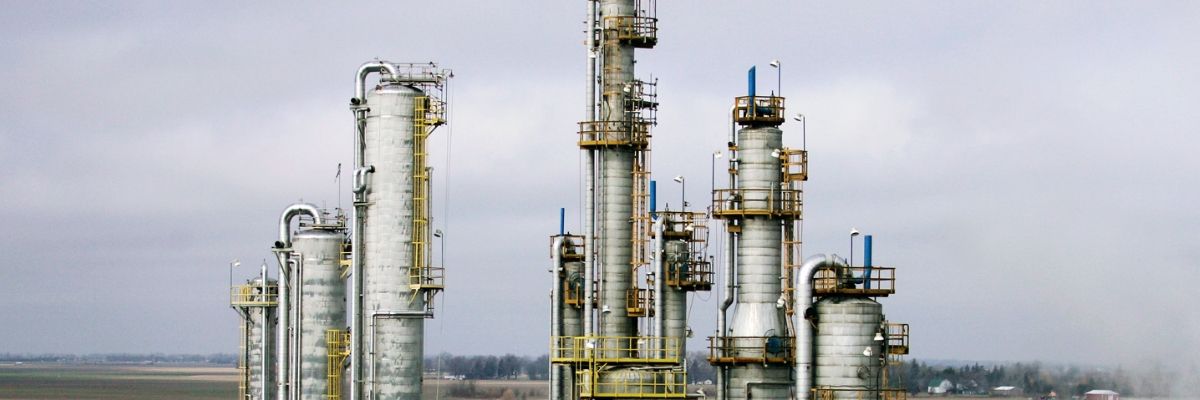Achieving Zero Liquid Discharge (ZLD) in sugar mills involves treating and recycling all wastewater generated during the sugar production process to ensure that no liquid effluents are discharged into the environment. Sugar mills typically generate significant volumes of wastewater from processes like cane washing, juice extraction, clarification, and evaporation. Given the high organic content, dissolved solids, and potential environmental impact of untreated wastewater, implementing ZLD in sugar mills requires advanced water treatment technologies tailored to their specific needs.
Here’s a step-by-step guide on how sugar mills can achieve ZLD:
1. Identify and Segregate Wastewater Streams
- Source Identification: The primary wastewater sources in sugar mills include:
- Cane Washing: Water used for washing sugarcane, often containing soil, organic matter, and suspended solids.
- Juice Extraction: Water mixed with sugar juice during extraction and clarification processes.
- Condensate Water: Water generated during the evaporation of sugar juice.
- Boiler Blowdown: Water discharged to control salt concentration in boilers.
- Cooling Tower Blowdown: Wastewater from cooling systems.
- Segregate Streams: Segregating wastewater based on source and contamination level improves treatment efficiency. Cleaner streams (e.g., condensate) can be treated with minimal effort, while highly contaminated streams (e.g., cane washing water) require more intensive treatment.
2. Pre-Treatment
- Screening: Large debris such as cane fibers, bagasse, and soil particles are removed from cane washing water through mechanical screening. This prevents clogging and reduces the load on subsequent treatment stages.
- Sedimentation: Settling tanks or clarifiers are used to allow suspended solids and sludge to settle at the bottom, separating them from the liquid wastewater.
- Oil and Grease Separation: For wastewater containing oils or grease, separators or skimmers are used to remove these contaminants before further treatment.
3. Primary Treatment
- Coagulation and Flocculation: Coagulants and flocculants are added to the wastewater to facilitate the aggregation of fine particles and colloidal solids. These particles can then be removed through sedimentation or filtration.
- pH Adjustment: The pH of wastewater is adjusted to ensure optimal conditions for the downstream treatment processes, especially for chemical precipitation and biological treatment.
4. Biological Treatment (if necessary)
- Aerobic Treatment: In sugar mills, wastewater often contains high levels of organic matter (sugars, dissolved organics). Aerobic biological treatment using activated sludge or aerated lagoons can be used to break down these organic contaminants. Microorganisms consume organic material, converting it into biomass and carbon dioxide.
- Anaerobic Treatment: Anaerobic treatment can be employed for wastewater streams with a high concentration of biodegradable organic matter. This process generates biogas (methane) as a byproduct, which can be recovered and used as an energy source for the mill, reducing overall energy costs.
- Secondary Clarification: After biological treatment, secondary clarification removes biomass and other suspended solids from the treated water.
5. Advanced Filtration and Membrane Technologies
- Ultrafiltration (UF) and Microfiltration (MF): These membrane filtration techniques are used to remove smaller suspended particles, microorganisms, and some dissolved solids. These steps prepare the wastewater for desalination and further treatment.
- Reverse Osmosis (RO): RO is a critical component in the ZLD process. It removes up to 90-95% of dissolved salts, sugars, and other contaminants from the wastewater, producing high-quality permeate (clean water) and a concentrated brine. The permeate can be reused within the sugar mill for non-potable applications (e.g., cane washing, cooling tower feed).
6. Evaporation and Brine Concentration
- Multiple Effect Evaporators (MEE): MEEs are used to evaporate the water from the concentrated brine produced by RO. These systems use multiple stages of evaporation, where steam from one stage is used to heat the next, optimizing energy consumption and recovering additional water for reuse.
- Mechanical Vapor Recompression (MVR): MVR is another efficient method for evaporating water from the brine. It uses compressed vapor to provide the heat necessary for evaporation, reducing energy consumption and recovering more water.
- Brine Concentrators: Brine concentrators further reduce the volume of wastewater by evaporating additional water, concentrating the brine to a level where only a minimal amount of water remains.
7. Crystallization
- Crystallizers: The final concentrated brine is treated in crystallizers, which evaporate all remaining water and leave behind solid salts and other minerals. This process ensures that no liquid wastewater remains.
- Solid Waste Management: The solid waste (salts, minerals, and other residues) can be collected and disposed of in an environmentally responsible manner, following regulations. In some cases, salts can be reused in other industrial applications.
8. Water Recovery and Reuse
- Recycling Treated Water: The clean water recovered from the RO, evaporation, and crystallization stages can be reused for various applications within the sugar mill. For example:
- Recycled water can be used for cane washing, reducing the need for fresh water.
- Condensate recovery from the evaporation process can be reused as boiler feedwater, further reducing water intake.
- Treated water can also be reused for cooling tower makeup and other plant operations.
- Closed-Loop Water System: Implementing a closed-loop water system allows the sugar mill to continuously recycle water, minimizing fresh water usage and wastewater generation.
9. Cooling Tower and Boiler Blowdown Management
- Cooling Tower Blowdown: Blowdown water from cooling towers can be treated using RO or evaporative technologies to recover water for reuse in cooling towers or other applications.
- Boiler Blowdown: Similarly, boiler blowdown water can be treated and reused within the mill after appropriate treatment, reducing water wastage.
10. Real-Time Monitoring and Automation
- Advanced Monitoring Systems: Real-time monitoring systems help track water quality, contaminant levels, and the performance of the ZLD system. Automated systems can adjust treatment processes based on changing wastewater conditions, optimizing system efficiency.
- Predictive Maintenance: Regular maintenance and monitoring ensure that ZLD systems operate smoothly without interruptions. Predictive maintenance systems can help identify potential issues before they result in downtime, ensuring continuous operation in the mill.
11. Energy Efficiency and Cost Optimization
- Biogas Recovery from Anaerobic Treatment: The biogas generated during anaerobic treatment can be used as an energy source to power the ZLD system, helping reduce the overall energy costs of wastewater treatment.
- Waste Heat Recovery: Waste heat from sugar processing can be used to power evaporation and crystallization processes, making the ZLD system more energy-efficient.
- Energy Recovery Technologies: MVR and other energy recovery technologies can reduce the energy footprint of evaporation and crystallization, minimizing operating costs.
Challenges and Solutions
- High Capital and Operational Costs: While ZLD systems require significant investment, long-term benefits such as water conservation, reduced freshwater dependency, and compliance with environmental regulations often outweigh the costs.
- Handling Solid Waste: The crystallization process generates solid waste, which must be handled properly. Exploring options for recycling or reusing byproducts (e.g., salts) in other industrial processes can reduce disposal costs and environmental impact.
- Scaling and Fouling in RO Systems: Regular cleaning and maintenance of membrane systems (like RO) are essential to prevent scaling and fouling, which can reduce efficiency and increase costs.
Conclusion
Achieving ZLD in sugar mills is a comprehensive process that involves wastewater treatment, recycling, and resource recovery. By implementing advanced treatment technologies such as reverse osmosis, evaporation, and crystallization, sugar mills can significantly reduce their water footprint and comply with environmental regulations. The key to success lies in optimizing the entire process, from wastewater segregation to water recovery and reuse, while also focusing on energy efficiency and waste management. Although ZLD requires investment, the long-term benefits in terms of sustainability, regulatory compliance, and cost savings make it an increasingly attractive option for sugar mills.


Recent Comments